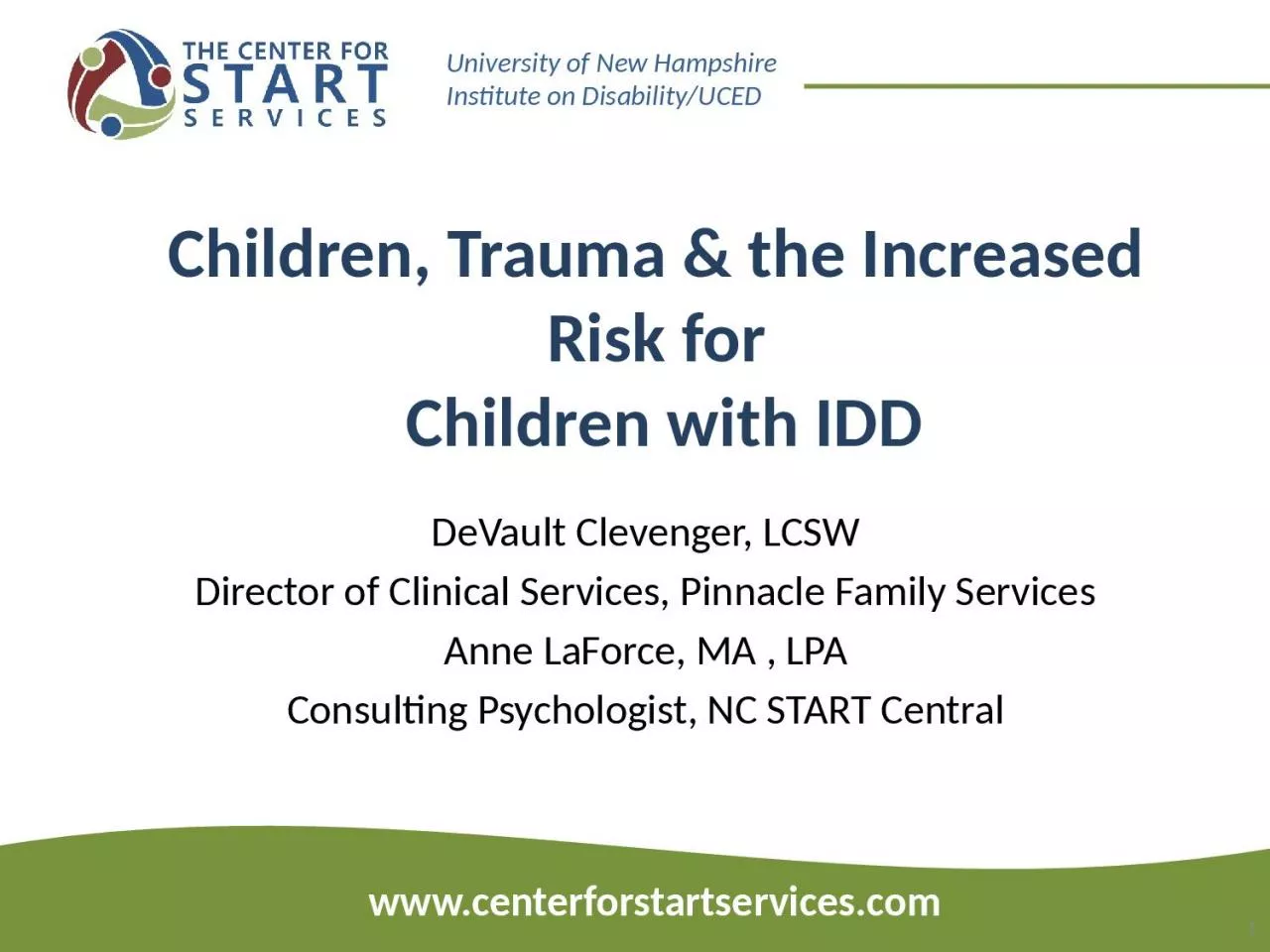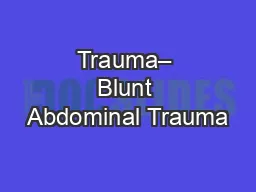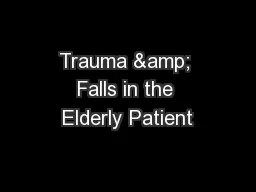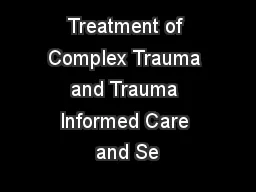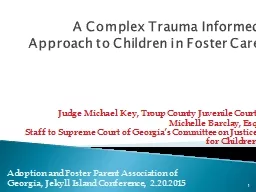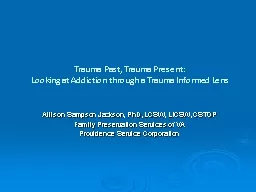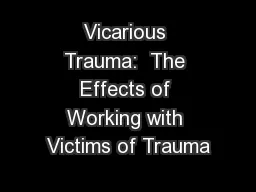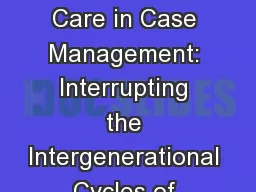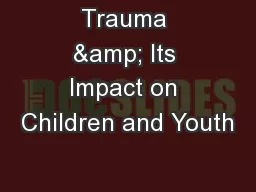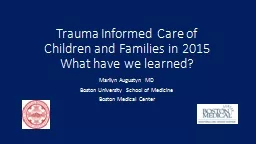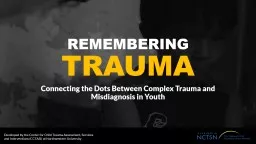PPT-Children, Trauma & the Increased Risk for
Author : riley | Published Date : 2024-02-09
Children with IDD DeVault Clevenger LCSW Director of Clinical Services Pinnacle Family Services Anne LaForce MA LPA Consulting Psychologist NC START Central 1 Case
Presentation Embed Code
Download Presentation
Download Presentation The PPT/PDF document "Children, Trauma & the Increased Ris..." is the property of its rightful owner. Permission is granted to download and print the materials on this website for personal, non-commercial use only, and to display it on your personal computer provided you do not modify the materials and that you retain all copyright notices contained in the materials. By downloading content from our website, you accept the terms of this agreement.
Children, Trauma & the Increased Risk for: Transcript
Download Rules Of Document
"Children, Trauma & the Increased Risk for"The content belongs to its owner. You may download and print it for personal use, without modification, and keep all copyright notices. By downloading, you agree to these terms.
Related Documents

